#1960 olympics
Explore tagged Tumblr posts
Text

Women's 4 x 100m relay Gold medalists in the 1960 Olympic Games in Rome
Left to right: Wilma Rudolph, Lucinda Williams, Barbara Jones and Martha Hudson

Women's 4 x 100m relay Gold medalists in the 2024 Olympic Games in Paris
Left to right: Melissa Jefferson, Twanisha Terry, Gabrielle Thomas and Sha'Carri Richardson
Black Beauty & Excellence.
#black excellence#black history#black history is world history#black is beautiful#black is gold#black is divine#black people#black girl beauty#melanin#goddess#black queen#beautiful#black women#athletics#olympic games#olympics#1960 olympics#2024 olympics#gold medal#black women winning#usa#africa#black power#black girl magic#beautiful black women#beautiful people#gorgeous#dark skin women#ebony#beauty
2K notes
·
View notes
Text


The 1968 Olympics Black Power salute occurred during the medal ceremony for the men's 200-meter race, when American athletes Tommie Smith and John Carlos raised their fists in a powerful protest against racial injustice. Standing shoeless with black socks to symbolize Black poverty, Smith and Carlos also wore black gloves, with Smith raising his right fist and Carlos his left. Australian silver medalist Peter Norman stood in solidarity by wearing a badge supporting human rights. The gesture, made during the U.S. national anthem, drew global attention but led to severe backlash, marking a defining moment in the intersection of sports and activism.
#black people#black#black history#black tumblr#blacktumblr#pan africanism#black conscious#africa#black power#black empowering#tommie smith#john carlos#1968 Olympics Black Power salute#peter norman#1960s#sport
159 notes
·
View notes
Text

#lady gaga#olympics#french#christian dior#dior#paris france#gaga#60s aesthetic#1960s#paris#glamour#girl idk
96 notes
·
View notes
Text

Ukrainian Cossack weightlifter Leonid Zhabotinsky winning the first of his Olympic gold medals in Tokyo in 1964.
#ukrainian history#vintage ukraine#olympic history#vintage sport#1960s#black and white#20th century#vintage photo#olympic champion#1964#vintage
65 notes
·
View notes
Text

TWA Paris Advertising Poster (1962) by David Klein
#paris#eiffel tower#vintage#travel#poster#poster art#art#illustration#david klein#1962#1960s#olympics
122 notes
·
View notes
Text

#callum turner#joe rantz#the boys in the boat#george clooney#tbitb#ralph lauren#usa#sweatshirt#blond#dua lipa#washington#rowing#1963#olympics#1960's#bts#the olympics#team usa
63 notes
·
View notes
Text

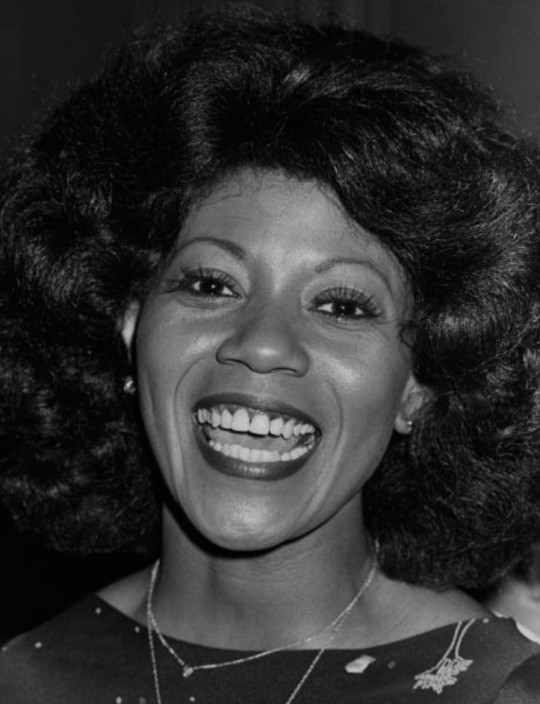
Wilma Rudolph (sprinter / track & field athlete) was the first American woman to win three Olympic gold medals during a single Olympics (1960); top photo is from 1960, bottom photo is from 1978
#wilma rudolph#athlete#track and field#runner#1960#1978#black history month#sprinter#olympic games#olympics#the olympics
43 notes
·
View notes
Text

Mexican National Tourist Council, 1968
#Mexico#ad#1968#travel#Olympics#advertisement#vintage#1960s#Olympic games#advertising#60s fashions#destination
72 notes
·
View notes
Text


Brian Jones in Olympic Studios, London, 1967
#brian jones#no jones no stones#the golden stone#the rolling stones#1960s#60s#1967#swinging sixties#olympic studios#british invasion#classic rock#vintage style#vintage fashion#fashion style#fashion#pink#psychadelic#vintage#london
23 notes
·
View notes
Photo

Olympic Village, Mexico City, 1968. From the Budapest municipal photography company archive.
542 notes
·
View notes
Text

Audrey Hepburn and her good friend Doris Brynner at Chamrousse for the Winter Olympics near Grenoble February 5, 1968
#audrey hepburn#old hollywood glamour#old hollywood#fashion#classic#vintage#photography#style#1968#1960s#doris brynner#winter olympics
117 notes
·
View notes
Text

At the 1964 Tokyo Olympics, due to the absence of high-speed cameras, the running event required 22 observers to determine the final results.
27 notes
·
View notes
Note
would u consider what happened to SS Normandie to be twink death
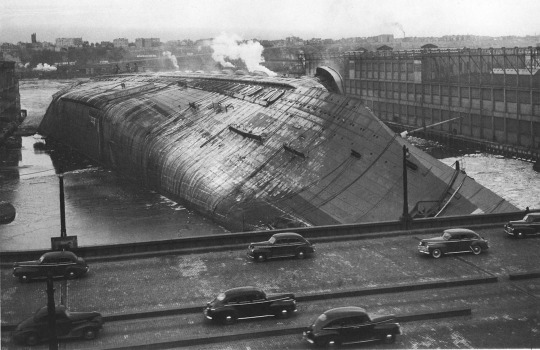
also WHY NO SS NORMANDIE
Hoooooooo boy. I assume you're referring to my top 25 list of ocean liners? So yeah... uh... i hate to say it, and I'm probably going to get crucified for this, buuuuut.....
I'm not a fan of the SS Normandie.
I know! I'm sorry! But of all my criteria that a ship needs to meet, she just doesn't hold up! First, her career. It was PATHETICALLY short. Only 1935 to 1939. She sat in New York for a few years until she burned down (as is the tradition of French liners cough cough). The most interesting part of her career was her rivalry with the Queen Mary, but personally, I just think that story is way more interesting from the Queen Mary's side. I think the story of her engineering is interesting, like her turboelectric engines, and her hydrodynamic hull, but I think the engineering of ships like the SS United States is just more interesting! People say she's the most beautiful ship ever engineered, buuuut....
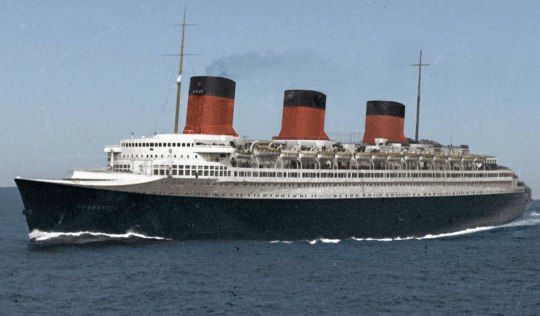

Yeah, I just don't get it. ESPECIALLY compared to her younger fleetmate, the SS France
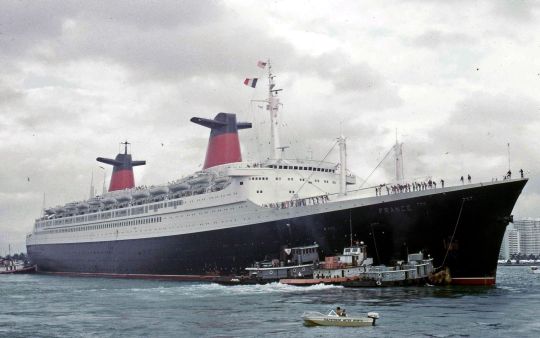
Or her OLDER fleetmate, the SS Île de France
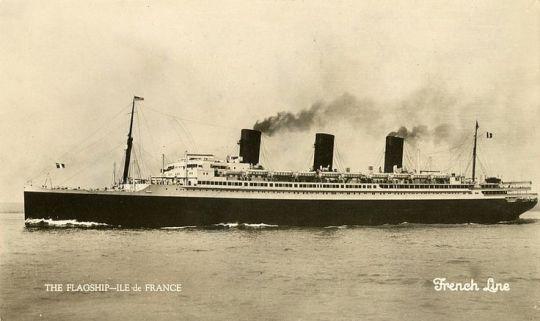
Who had a MUCH more interesting career, by the way.
Anyway, people point to her interiors as an art deco masterpiece..... BUUUUUUT
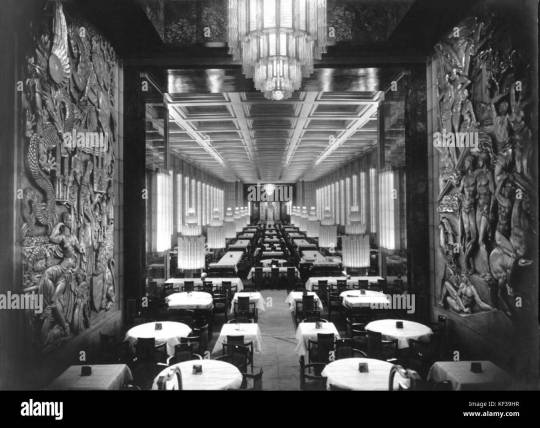
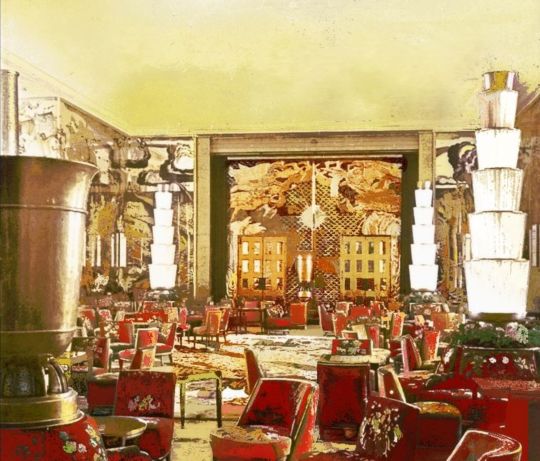

Look, from an artistic standpoint, I would never argue that these interiors are gorgeous. But people often forget that this isn't an art museum. It's an ocean liner. People are expected to live in these spaces for at least 4 or 5 days. Would you feel comfortable staying in a hotel that looked like this? With all the metal and marble and stone? This cold, towering, imposing atmosphere? It feels like a goddamn palace, and not in a good way. I'd be afraid to touch anything. Like I said, it's pretty, I just dont think it serves it's purpose very well. And people from the 1930s generally agreed with me. Many people described it as being "too much" and bordering on gaudy. I vastly prefer the Queen Mary's, Queen Elizabeth's, and Caronias take on Art Deco.
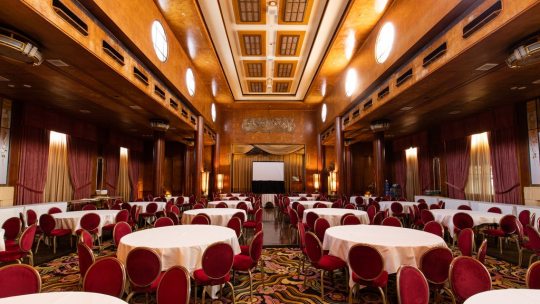
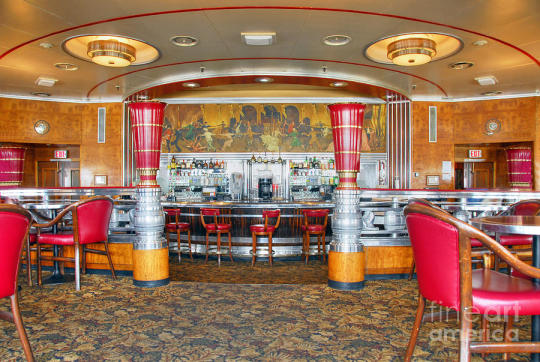
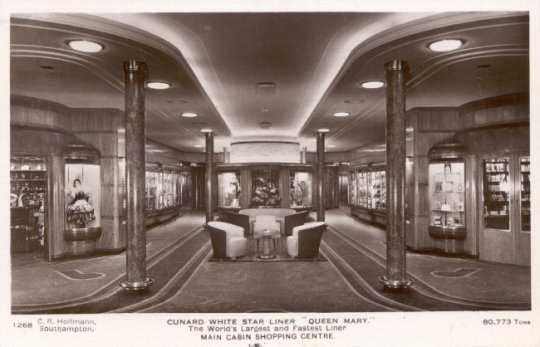
They just feel so much more homey and warm and inviting. Personally, I'll always prefer the Edwardian decor, which was a more restrained version of the Victorian decor. The Olympic's grand staircase, first class lounge, and a la carte restaurant are my favorite examples.
So anyway, those are the reasons I'm not a fan of the SS Normandie. Her story is short and largely uninteresting, and the way it is interesting, other ships like the Mary and the Big U do those things better. Her exterior is weird looking and ugly, and her interiors are oppressive, gaudy, and downright uncomfortable. I just never understood the love for Normandie. Anyway, if you disagree with any of my points, PLEASE let me know! I love talking to people about this stuff ^ω^
#ocean liners#ocean liner#oceanliner#oceanliners#rms titanic#titanic#cunard#rms olympic#rms queen mary#ss united states#ss france (1960)#ss france#ss norway#ss normandie#rms queen elizabeth#rms caronia#rms caronia (1947)#save the ss united states
21 notes
·
View notes
Text

Diver (1960), photographed by Lev Borodulin.
#black and white#photography#olympics#diver#around the fur#the same deep water as you#Lev Borodulin#russian artists#1960s#patheticesque
6 notes
·
View notes
Text
At the 1960 Olympics in Rome an Ethiopian athlete stunned the world. He was the first black African to win an Olympic gold medal and he did it without wearing shoes. Witness History - Abebe Bikila the barefoot runner - BBC Sounds At the 1960 Olympics in Rome an Ethiopian Athlete Stunned the World at Tadias Magazine 1960 Rome Olympics: Abebe Bikila became first black African Olympic champion - Indiaweekly Photo: Ethiopian athlete Abebe Bikila (No.11) runs barefoot for victory in the Rome 1960 Olympic Games marathon. (Photo by -/AFP via Getty Images)

#olympic#olympic games#paris 2024#ethiopia#rome#italy#france#1960#games#Abebe Bikila#marathon#running#africa#Addis Ababa#gymnasium#Do You Remember Abebe?#documentaries#athlete
5 notes
·
View notes
Text

Winter Olympics, 1960
67 notes
·
View notes